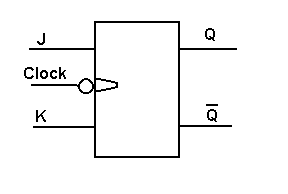Latch and Flip-Flops
The aim of this experiment is to understand and implement different types of latches and flip-flops used in sequential digital circuits.
What you will learn:
Through this interactive experiment, you will:
- Understand the fundamentals of sequential logic circuits and memory elements
- Design and analyze basic latches including SR, D, and JK latches
- Construct flip-flop circuits with clock-controlled operations for synchronous systems
- Build different flip-flop types such as D, JK, T, and master-slave configurations
- Explore timing characteristics including setup time, hold time, and propagation delays
- Investigate real-world applications of flip-flops in registers, counters, and memory systems
Why are latches and flip-flops important?
Latches and flip-flops are fundamental building blocks of sequential digital systems. They serve as the basic memory elements that enable computers to store and process information over time. These circuits are essential components not only in memory units and registers, but also throughout processors for state storage, synchronization, and control operations. Understanding latches and flip-flops will give you insight into how digital systems maintain state and coordinate operations across clock cycles.

